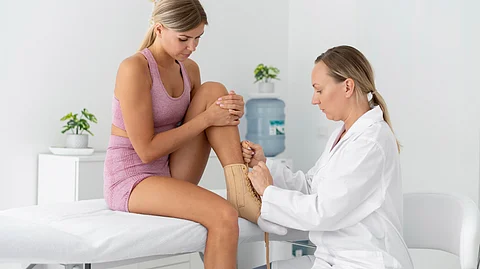Treating lymphedema surgically is one of the most delicate procedures imaginable. It involves rerouting the body’s lymphatic drainage system by connecting lymphatic vessels, which are often as thin as a human hair, to nearby veins. Think of it as creating a tiny, new detour for the trapped fluid to escape.
This "supermicrosurgery" pushes the boundaries of what the human hand can do. Even the steadiest surgeon is limited by natural hand tremors. This is where the Symani system provides a monumental leap forward.
The surgeon, seated at a console, controls the robot’s arms. The system filters out any tremor and scales down the surgeon’s movements, translating them into incredibly precise, steady motions. This allows the surgical team to manipulate and suture these microscopic vessels with a level of accuracy that was once impossible, using sutures that are finer than a strand of silk.
The team of plastic surgeons at Hackensack University Medical Center, who have all undergone extensive training, are thrilled to offer this new lifeline to patients.


